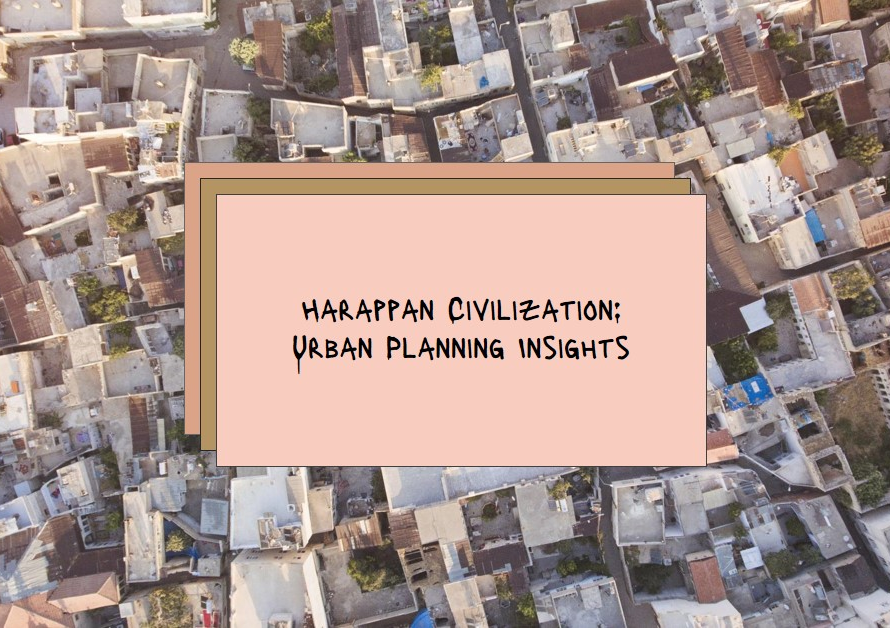
Table of Contents
Introduction: Paving the Way for Sustainable Urban Living
Urban planning stands as the cornerstone for shaping cities into vibrant, livable spaces where communities thrive. In recent years, the emphasis has shifted towards sustainability, recognizing the pressing need to balance development with environmental stewardship and social equity. The essence of urban planning lies not only in erecting buildings and roads but in cultivating environments that promote well-being, connectivity, and resilience.
Understanding Sustainable Urban Planning
Sustainable urban planning entails a holistic approach that integrates environmental, economic, and social dimensions. It involves envisioning cities as interconnected ecosystems, where every decision has ripple effects on the environment and society. By employing sustainable practices, cities can reduce their ecological footprint, mitigate climate change impacts, and enhance the quality of life for residents. Key principles include compact development, mixed land use, efficient transportation, and green infrastructure.
Promoting Compact and Mixed-Use Development
Compact development involves designing cities with higher population densities and mixed land uses, minimizing urban sprawl and the need for long commutes. This approach fosters walkability, reduces reliance on cars, and encourages social interactions. Mixed-use developments further enhance vibrancy by integrating residential, commercial, and recreational spaces within the same neighborhood. Such environments promote a sense of community and provide residents with easy access to amenities and services.
Prioritizing Sustainable Transportation
Efficient transportation systems are pivotal for sustainable urban living. Cities must prioritize public transit, walking, and cycling infrastructure to reduce congestion, air pollution, and carbon emissions. Investing in mass transit networks, bike lanes, and pedestrian-friendly streets not only improves mobility but also enhances public health and reduces reliance on fossil fuels. Furthermore, promoting electric vehicles and car-sharing programs can contribute to a cleaner, greener urban landscape.


Harnessing the Power of Green Infrastructure
Green infrastructure, including parks, green spaces, and urban forests, plays a crucial role in enhancing urban resilience and mitigating environmental risks. These natural assets help absorb storm water, reduce heat island effects, and provide habitats for biodiversity. Incorporating green roofs, permeable pavements, and bioswales into urban design can mitigate flooding, improve air quality, and enhance the overall livability of cities. Moreover, access to nature has been linked to improved mental health and well-being, underscoring the importance of integrating greenery into urban landscapes.
Fostering Social Equity and Inclusivity
Sustainable communities must prioritize social equity and inclusivity to ensure that all residents benefit from urban development initiatives. This entails addressing disparities in access to affordable housing, healthcare, education, and public services. Urban planners must actively engage with marginalized communities to understand their needs and aspirations, fostering participatory decision-making processes. By promoting social cohesion and economic opportunity, cities can become more resilient and cohesive, leaving no one behind in the pursuit of sustainable development.
Embracing Innovative Technologies
Advancements in technology present unprecedented opportunities to revolutionize urban planning and design. From smart infrastructure and renewable energy systems to data-driven decision-making tools, cities can leverage technology to enhance efficiency, resilience, and sustainability. Smart grids, sensor networks, and real-time monitoring platforms enable more effective resource management and energy conservation. Additionally, digital modeling and simulation tools facilitate urban design processes, enabling planners to visualize and evaluate different scenarios before implementation.
Nurturing Resilient Communities
In an era marked by climate change and urbanization, resilience has emerged as a critical aspect of sustainable urban planning. Resilient communities can withstand and adapt to various shocks and stresses, including natural disasters, economic downturns, and public health crises. By fostering diverse economies, robust infrastructure, and strong social networks, cities can enhance their capacity to bounce back from adversity. Furthermore, incorporating principles of adaptive management and disaster risk reduction into urban planning processes can help mitigate risks and build resilience over the long term.
Engaging Stakeholders and Empowering Citizens
Meaningful engagement with stakeholders and citizens is essential for the success of sustainable urban planning initiatives. Collaboration between government agencies, private sector actors, community organizations, and residents fosters collective ownership and ensures that decisions reflect diverse perspectives and priorities. Participatory planning processes, such as charrettes, workshops, and town hall meetings, enable stakeholders to contribute their insights and co-create solutions. Empowering citizens through education, information sharing, and grassroots initiatives strengthens social capital and fosters a culture of sustainability at the local level.
Conclusion: Paving the Path Forward
In the quest to create sustainable communities, urban planning emerges as a powerful tool for shaping the future of cities. By embracing principles of sustainability, equity, and resilience, cities can become vibrant, inclusive, and thriving hubs of human activity. From compact development and green infrastructure to social equity and citizen empowerment, the journey towards sustainable urban living requires concerted efforts from all stakeholders. By working together and harnessing the power of innovation, we can pave the path forward towards a brighter, more sustainable future for generations to come.


